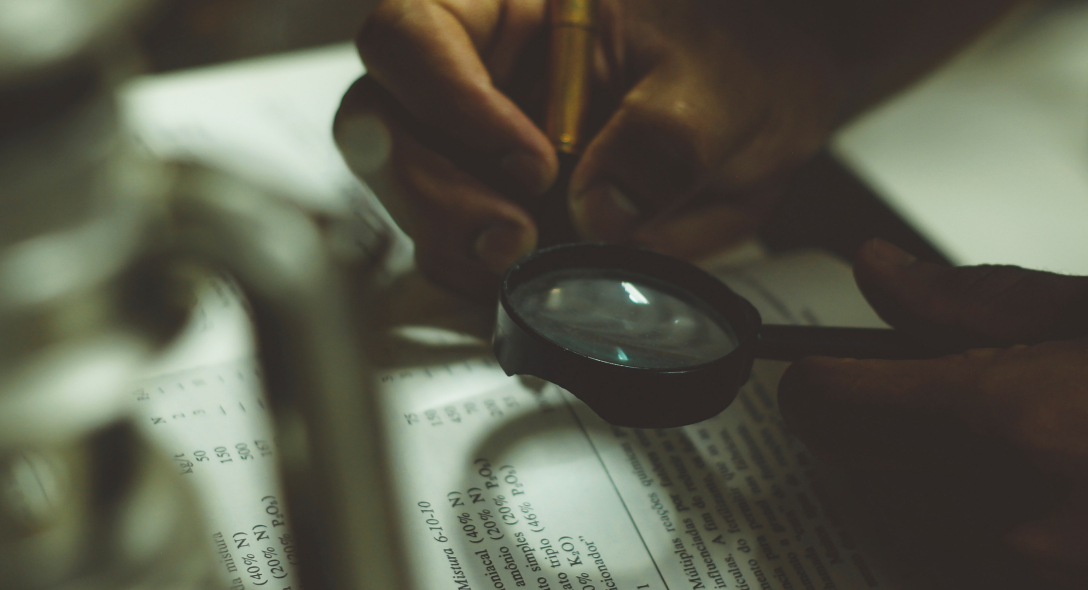Robotic Process Automation combined with Intelligent Process automation and cognitive augmentation has far-stretching results. Time to decode Jargons!
The market dynamics of insurance industry is rapidly moving on multiple fronts-agility and consumption models, regulation and fraud sophistication, Internet of Things, New FinTech and Ecosystem players, NextGen Digital Expectations, Cloud-based agility, and consumption models, and explosion of data and RPA in cognizance with emerging business and technology trends, creating a compelling need for investments in new operating models and capabilities, according to National Association of Insurance Commissioners (NAIC) Insurance Summit Report, 2017.
RPA projects itself as software robotics (as computer software that provides visualized Full-time equivalent (FTE) and orchestrates applications), which mimics human actions through the user interface of pre-determined pathways, with new capabilities including intelligent automation and auditing, instantaneous scalability, speed, accuracy, and compliance with the creation of a visual workforce.
Robotic Process Automation combined with Intelligent Process automation and cognitive augmentation has far-stretching results. Time to decode Jargons!
What is an insurance audit?
Insurance audit is done at the end of the insurance period, with the examination of records, operation, and account books for actual insurance exposure including a premium basis, so that you can wind up with a balance due or balance credit.
How can RPA transform the auditing process?
The crucial auditing process in the insurance industry comprises external audits and internal audits with the examination of policy and liability procedures, tax documentation, risk evaluation, and other financial records by the auditing committee.
i) Expanded Audit Capability
With the successful implementation of RPA, processes beyond traditional approaches are implemented, reducing the audit cycle period.
ii) Artifact Gathering
It can greatly reduce the burden on the business by generating artifacts automatically and storing it on a centralized repository. With this, RPA bots aid the internal audit testing process.
iii) ROI Measurement
The rate of interest is generated automatically by streamlining all the processes and in aid to save time and effort on manual processing.
iv) Risk Evaluation
RPA performs the core element of underwriting, which is data collection under seconds, and analyzes and detects risks in insuring people and assets, as against two-three weeks with manual processing. It also estimates the coverage the client should receive and pay.
v) Insurance claims fraud
According to many reports, excess payments due to fraudulent claims account for a large percentage of the total payments affecting all classes of insurance. RPA has the potential to detect frauds and other irregularities in Insurance by making judgments with Artificial Intelligence and Natural language processing.
Up next
How RPA Speed Up Claims Management in the Insurance Industry Skcript
/svr/how-auditing-process-is-simplified-in-the-insurance-industry-using-rpa/
/svrmedia/heroes/how-auditing-process-is-simplified-in-the-insurance-industry-using-rpa.jpg
Skcript
/svr/how-auditing-process-is-simplified-in-the-insurance-industry-using-rpa/
/svrmedia/heroes/how-auditing-process-is-simplified-in-the-insurance-industry-using-rpa.jpg
